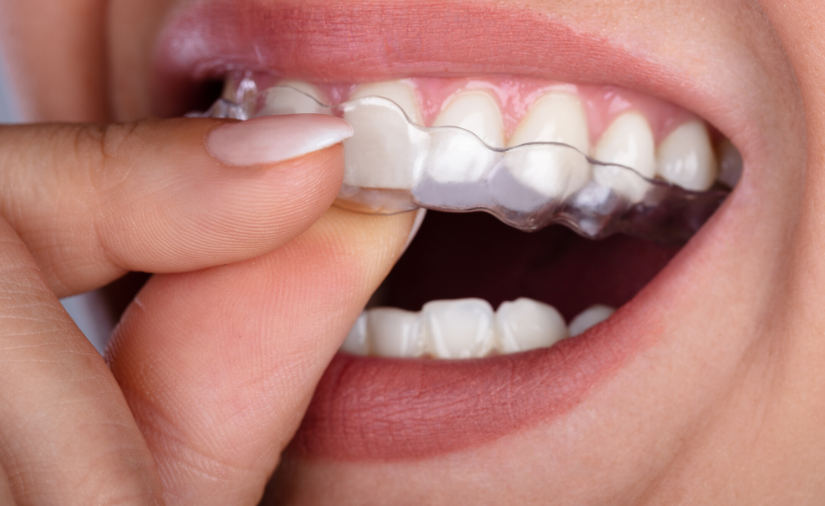By: Dr. Elizabeth Eggert
Gum recession happens when the gum tissue that surrounds the teeth wears away, or pulls back, and starts to show the tooth root. The first sign of gum recession you might notice is tooth sensitivity. Gum recession can also make your tooth look longer than normal or you may feel a notch on the tooth near the gum line.
Treatment for gum recession is necessary, because otherwise the trend is likely to continue, and the supporting tissue and bone structure of the teeth may suffer damage.
What Causes Gum Recession?
Many things can cause your gums to recede, including:
Periodontal disease: Periodontal disease is when bacteria causes an infection and the gum tissue and bone surrounding the teeth are damaged.
Poor dental hygiene: Inadequate brushing, flossing, and rinsing helps plaque to turn into calculus (tartar), which can promote gum recession.
Aggressive tooth brushing: Brushing your teeth too hard or the wrong way can wear away the gums and cause your gums to recede.
Tobacco: Tobacco use causes a sticky plaque to adhere to the teeth. It’s difficult to remove and can cause gum recession.
Teeth grinding and clenching: The excess force of clenching or grinding teeth can make gums recede because of the extra flexure the tooth is subjected to.
Genetics: Some people, as many as 30% of the population, have a genetic vulnerability to periodontal disease, which is a known cause for gum recession.
Hormonal changes: The normal fluctuations in hormone levels which women experience can increase gum sensitivity, making them more vulnerable to gum recession.
Misaligned bite: When teeth come together unevenly, it can place too much force on the gums and bone, promoting gum recession.
Lip or tongue piercing: Friction from jewelry in the mouth can cause gum tissue to erode.
Treatment for Gum Recession
Dr. Elizabeth or Dr. Jeff will have ideas about the right procedure to treat gum recession based on your needs.
For minor gum recession, they may be able to treat it by deep cleaning the affected area. This process is also called scaling and root planning. The treatment involves removing the bacteria surrounding the tooth in the plaque and tartar, including on the root surfaces below the gum line. This procedure can also have additional success if a localized antibiotic is used to kill remaining bacteria and discourage harmful bacteria from re-populating.
When gum recession is more advanced, surgical options are available.
Preventing Gum Recession
Prevention entails the usual steps to improve dental and overall health. Brush and floss daily and come in for regular checkups. Brush with a soft-bristled toothbrush and with proper technique. Dr. Elizabeth, Dr. Jeff, and all the hygienists at Eggert Family Dentistry can help you with this. In addition, there are many options for correcting misaligned bites, quitting tobacco use, and eating a healthy, balanced diet. Call us today at 651.482.8412 to talk about your gum recession issues.


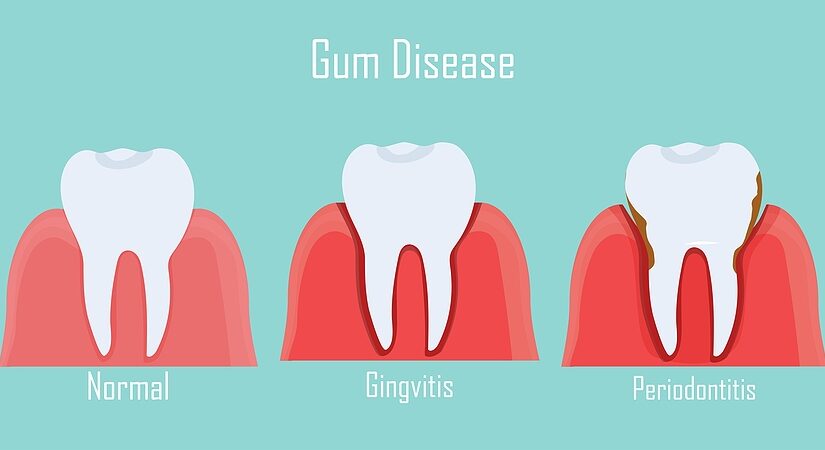
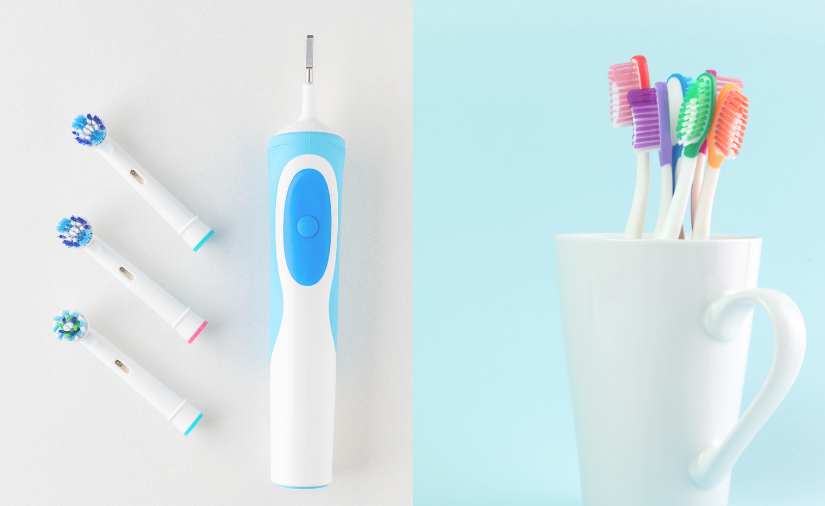
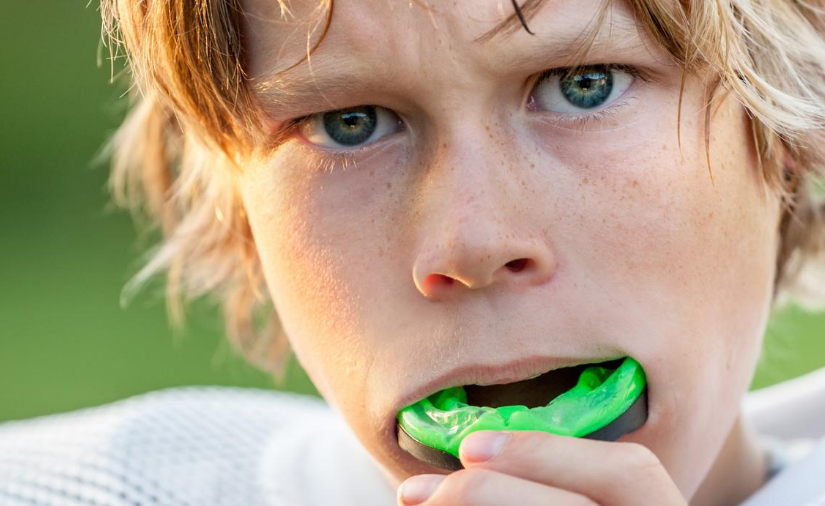
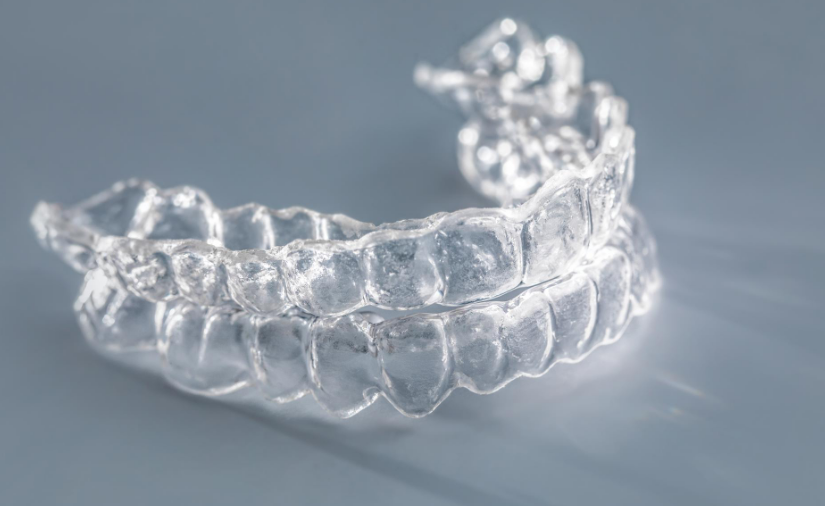
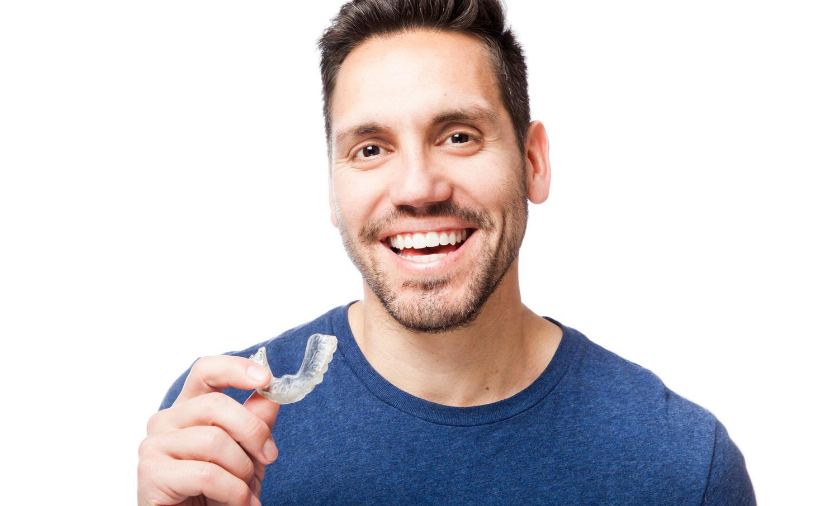
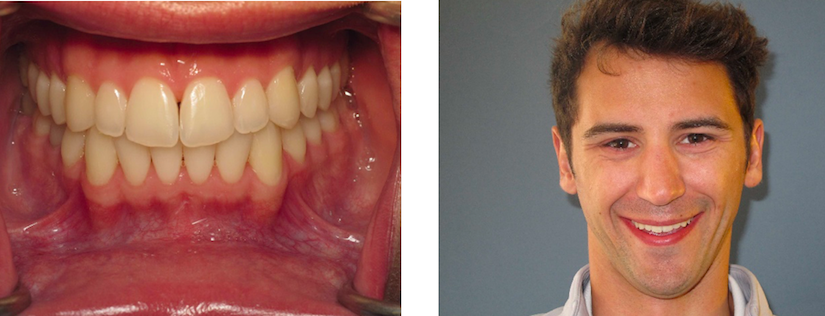
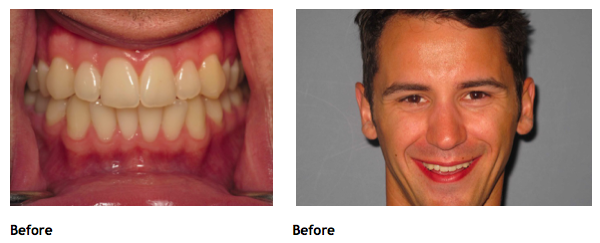
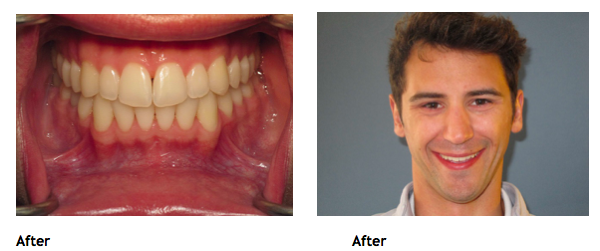
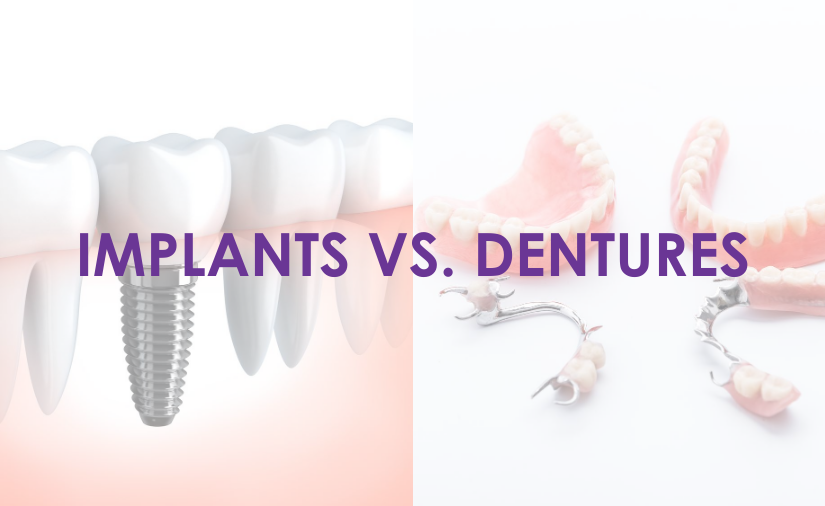
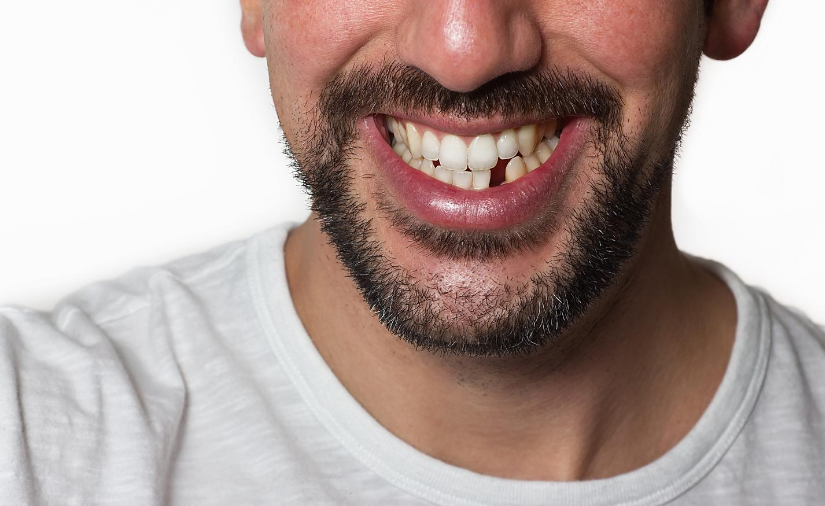
 Injuries such as falls or sports accidents can cause tooth loss. Even without immediate tooth loss, sometimes there’s sufficient trauma to the jaw bone and gums that a tooth sustains hidden damage in the nerve and root, which may take months or years to become obvious or fully abscess.
Injuries such as falls or sports accidents can cause tooth loss. Even without immediate tooth loss, sometimes there’s sufficient trauma to the jaw bone and gums that a tooth sustains hidden damage in the nerve and root, which may take months or years to become obvious or fully abscess. Excessive wear from clenching or grinding your teeth can also put a lot of stress on the teeth, causing structural damage in the form of cracks or fractures. As strong as teeth are, this structural damage compounds over time and occasionally an abscess will form from bacteria accumulating in the crack or the damage will be so severe there is no longer any way to save the tooth.
Excessive wear from clenching or grinding your teeth can also put a lot of stress on the teeth, causing structural damage in the form of cracks or fractures. As strong as teeth are, this structural damage compounds over time and occasionally an abscess will form from bacteria accumulating in the crack or the damage will be so severe there is no longer any way to save the tooth. First, there’s your confidence and self-image. If you’ve got a visible gap in your smile, you are likely to smile less. You may be self conscious when you eat or laugh. In some cases, you may have trouble with a few sounds as you speak.
First, there’s your confidence and self-image. If you’ve got a visible gap in your smile, you are likely to smile less. You may be self conscious when you eat or laugh. In some cases, you may have trouble with a few sounds as you speak.